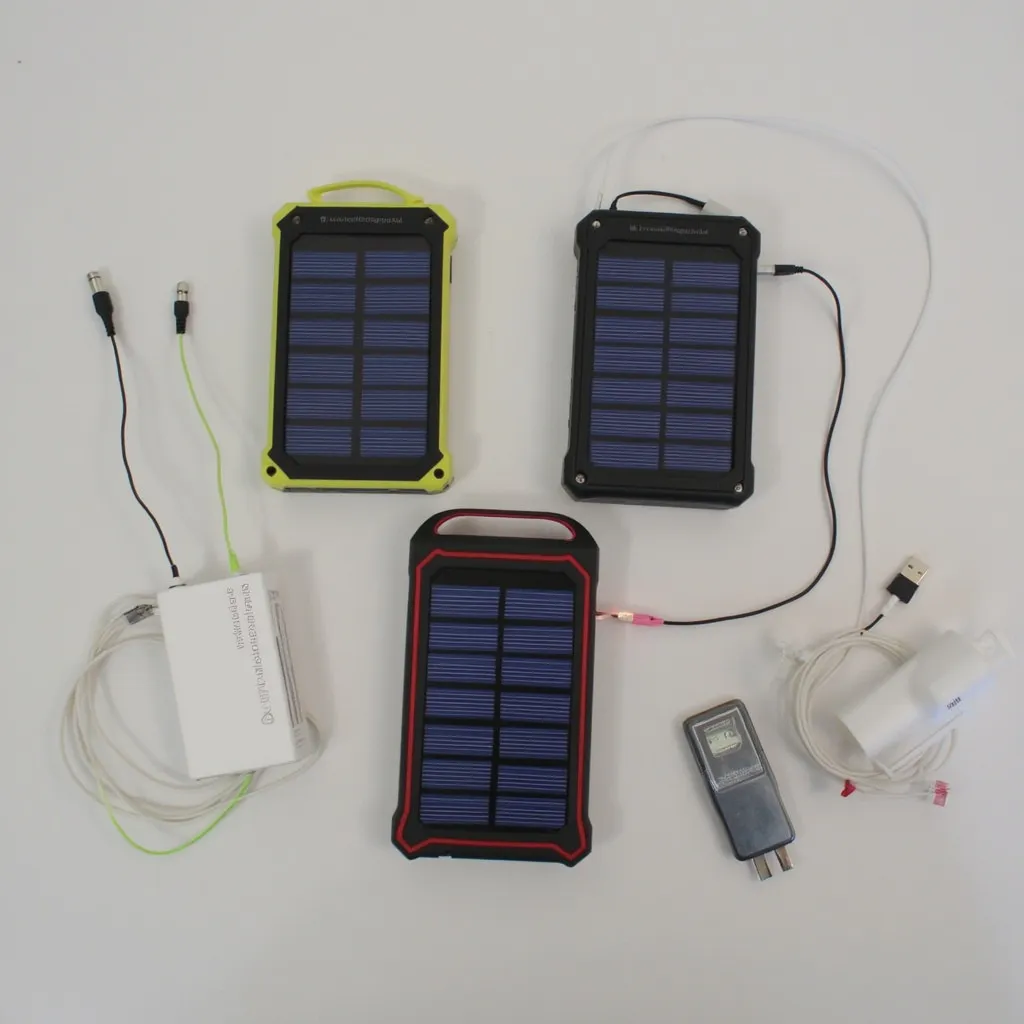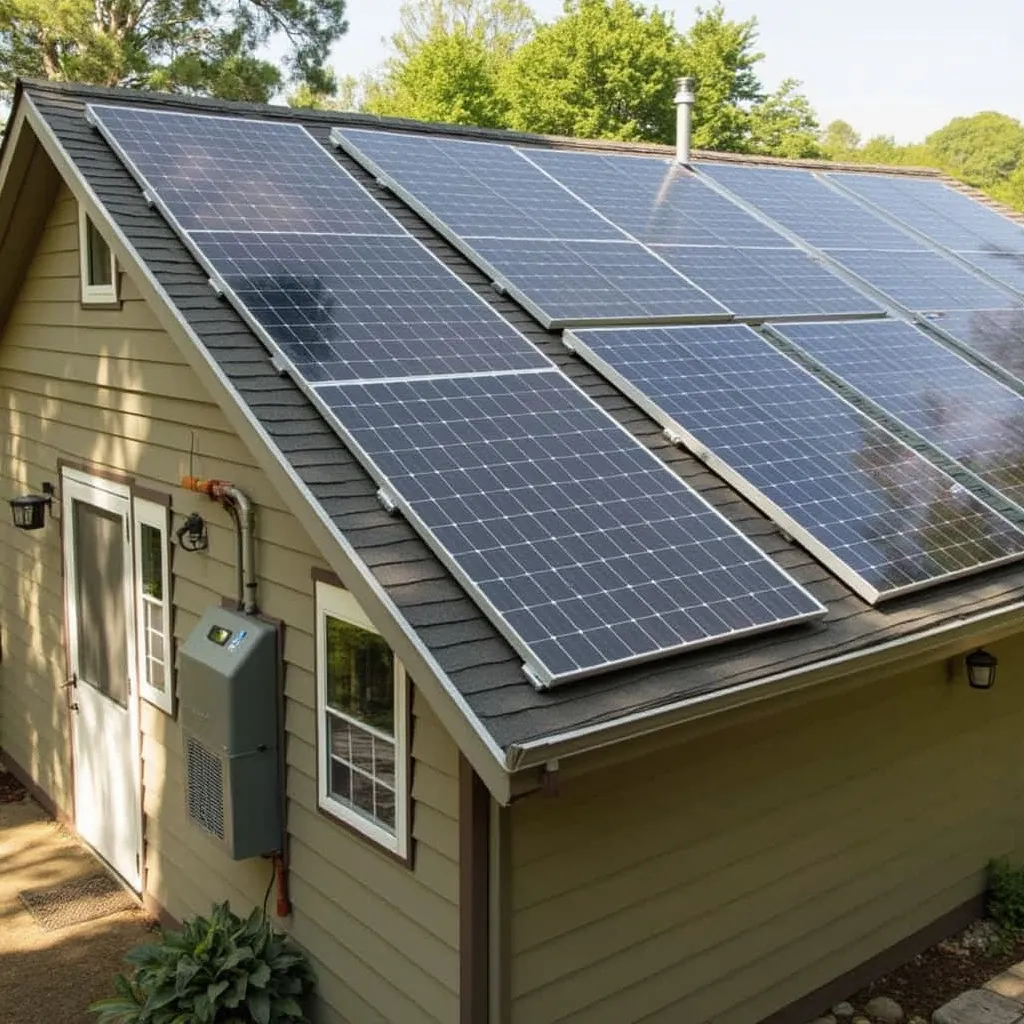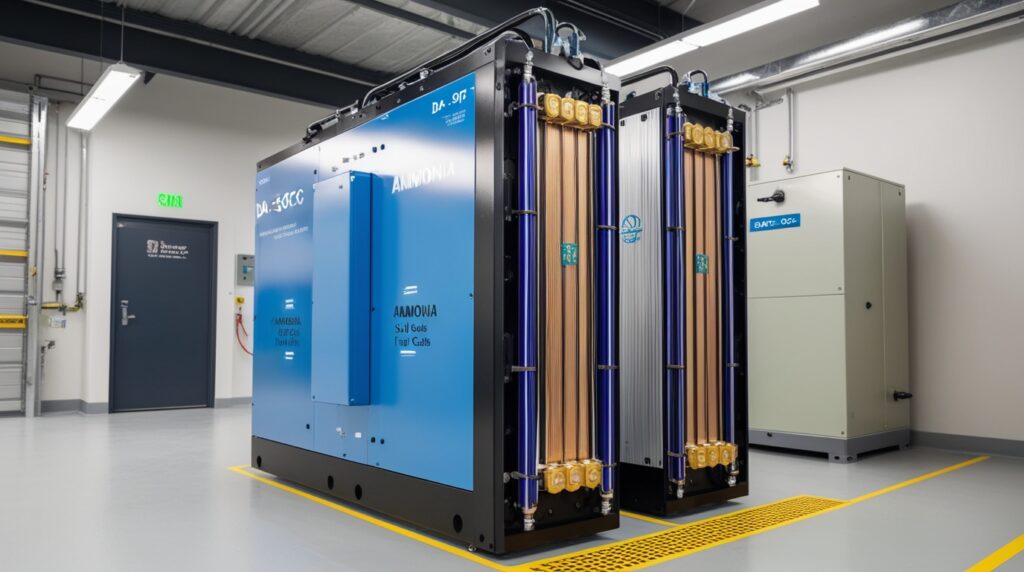
Introduction
Photovoltaic Charger for Off-Board Electric Vehicles with ANFIS Photovoltaic (PV) chargers represent a sustainable solution for charging batteries of off-board electric vehicles (EVs) by harnessing solar energy. This technology employs photovoltaic cells to convert sunlight into electricity, enabling efficient and eco-friendly power management.
The integration of Adaptive-Network-Based Fuzzy Inference Systems (ANFIS) into this framework enhances the optimization of energy management, allowing for real-time adjustments based on factors such as the state of charge (SoC) of the vehicle’s battery and fluctuating electricity prices. This dual focus on sustainability and economic viability has propelled the adoption of PV chargers in modern transportation systems, making them an increasingly relevant topic in energy management discussions.
Notably, the application of ANFIS has sparked both interest and controversy within the renewable energy sector. By employing fuzzy logic, ANFIS facilitates the balancing of energy supply and demand, enabling EVs to efficiently utilize solar power while also permitting users to profit from selling excess energy back to the grid. Critics argue, however, that reliance on solar energy may create vulnerabilities, particularly during periods of low sunlight or adverse weather conditions, raising concerns about the reliability of such systems for widespread use.
The increasing urgency to combat climate change, coupled with technological advancements, has positioned photovoltaic charging systems as essential components of future energy strategies. Enhanced by algorithms like ANFIS, these systems promise to improve the operational efficiency of EVs, minimize carbon footprints, and contribute to a more sustainable energy ecosystem.
As governments and organizations continue to promote renewable energy initiatives, the potential for widespread adoption of PV chargers is growing, though challenges in infrastructure and consistent energy generation remain points of contention. In summary, the integration of photovoltaic chargers with ANFIS technology marks a significant advancement in the pursuit of sustainable energy solutions for electric vehicles. This evolving landscape underscores the need for ongoing research and development to address challenges while maximizing the benefits of renewable energy sources.
Photovoltaic Charging Technology
Overview of Photovoltaic Charging
Photovoltaic (PV) charging technology leverages solar energy to provide power for various devices and systems, particularly in off-grid applications. This technology operates by converting sunlight into electricity using photovoltaic cells, effectively allowing for a sustainable power source that is portable and adaptable to diverse settings. Solar chargers, specifically designed for efficiency and portability, are increasingly utilized for charging handheld devices, electric vehicles (EVs), and even larger systems like RVs or boats.
Types of Solar Chargers
Portable Solar Chargers
Portable solar chargers are compact and often foldable, making them ideal for travelers and outdoor enthusiasts. These chargers are typically equipped with small solar panels and may include built-in lithium-ion batteries, allowing them to store energy for later use. For instance, chargers like the E.POWER 20000MAH model can easily fit into a backpack and can charge devices like phones and cameras on the go.

Fixed Solar Chargers
In contrast, fixed solar chargers are larger installations that are generally mounted on rooftops or permanent structures. They capture solar energy over extended periods and are often utilized for powering homes, charging EVs, and other high-energy applications. These systems can be integrated with smart energy management systems that optimize energy usage, such as charging EVs during peak solar generation times and discharging stored energy back to the grid during demand response events.

Key Specifications and Considerations
Storage Capacity
When selecting a solar charger, storage capacity is a crucial specification. It indicates how much energy the charger can hold before needing to be recharged. Many portable solar chargers come with built-in batteries that allow users to store solar energy for later use, providing flexibility in charging devices when sunlight is not available.
Charging Time and Conditions
The charging time for devices using solar chargers varies based on the amount of sunlight exposure and the size of the devices being charged. Smaller devices, such as smartphones, generally charge faster than larger ones, like laptops. Additionally, the effectiveness of solar panels can be influenced by environmental factors, including weather conditions and the angle at which the panels are positioned.
Voltage Ratings and Controllers
Most solar chargers operate at 12 VDC, though options for higher voltages exist. When using solar panels with outputs exceeding 5 watts, it is advisable to utilize a solar charge controller. This device regulates the energy flow from the solar panel to the battery, preventing overcharging and ensuring optimal performance under varying light conditions.
Advanced Applications
Photovoltaic charging technology is not limited to small devices. Innovations such as the SolarEdge energy optimization system allow for the charging of EVs using excess solar power while providing homeowners the ability to back up their homes during outages using the vehicle’s battery. This capability enhances the practicality of solar chargers in modern energy management systems.
Application in Off-Board Electric Vehicles
Optimization of Energy Management
The application of adaptive-network-based fuzzy inference systems (ANFIS) in off-board electric vehicles focuses on optimizing energy management to balance the state of charge (SoC) of vehicle batteries with the financial benefits of selling energy back to the grid. The innovative approach utilizes two inputs in the algorithm to negotiate between maintaining a sufficient SoC and maximizing profits from energy transactions. This flexibility allows the system to adapt to varying scenarios, ensuring efficient operation across different conditions.
Performance under Varying Conditions
Studies have demonstrated that the algorithm’s performance is influenced by photovoltaic generation profiles and electricity costs. For instance, under different scenarios, the system effectively maintained the SoC at high levels, such as 95%, 98%, and 99%, while quickly balancing energy flows to maximize profits during periods of high energy demand and tariffs. The algorithm’s capability to adjust to changing conditions allows for improved voltage regulation, reduced losses, and enhanced recharge times, thus positively impacting overall grid performance.
Profit Maximization Strategies
The decision-making process for charging and discharging batteries is framed as an optimization problem, factoring in technical, financial, and environmental elements. By implementing reasonable energy management strategies, off-board electric vehicles can effectively alleviate stress on the electrical grid, particularly during peak demand times. This capability not only aids in operational efficiency but also contributes to increased profitability by allowing for timely energy transfers based on fluctuating electricity prices.
Real-World Implications
The use of ANFIS for energy management in off-board electric vehicles promotes sustainable practices by enhancing the integration of renewable energy sources, such as solar power. As electric vehicles draw energy from a mix of renewable and non-renewable sources, employing these advanced algorithms can further reduce the carbon footprint associated with their operation. By maximizing the use of clean energy for charging, the overall environmental impact is significantly mitigated, addressing one of the primary challenges in making electric vehicles fully sustainable.
Adaptive-Network-Based Fuzzy Inference System (ANFIS)
An Adaptive Neuro-Fuzzy Inference System (ANFIS) is a type of artificial neural network that incorporates principles from both fuzzy logic and neural networks, specifically based on the Takagi-Sugeno fuzzy inference system. Developed in the early 1990s, ANFIS aims to merge the advantages of these two methodologies into a single framework, enabling it to efficiently approximate nonlinear functions through a set of fuzzy IF–THEN rules that possess learning capabilities.
ANFIS Architecture
The architecture of an ANFIS consists of several layers that enhance its functionality. The first layer diverges from traditional neural networks by performing a data preprocessing step that converts numeric values directly into fuzzy values, thus eliminating the need for a sigmoid activation function. This capability allows ANFIS to effectively handle various types of input data, making it versatile for multiple applications, including intelligent energy management systems.
Applications in Energy Systems
ANFIS has demonstrated significant potential in the field of energy management, particularly in systems that involve renewable energy sources like photovoltaic (PV) systems. For instance, ANFIS is utilized to control hybrid solar and wind grid-tie inverters, where it reduces power oscillations and enhances overall power quality.
The integration of ANFIS with algorithms such as Perturb and Observe (P&O) for maximum power point tracking further optimizes energy extraction under varying operational conditions. Additionally, ANFIS has been applied in developing control strategies for hybrid electric vehicles (HEVs). Here, it plays a crucial role in determining the optimal power distribution between an internal combustion engine and an electric motor, based on real-time input parameters, thereby improving fuel economy and system performance.
Hybrid Models
Recent advancements also include hybrid ANFIS models, which combine ANFIS with other intelligent techniques, such as genetic algorithms and swarm intelligence. These hybrid models are employed for tasks like predicting photovoltaic power output and long-term wind power density estimation, showcasing ANFIS’s versatility and adaptability in complex, dynamic environments.
Case Studies
Overview of Research Approaches
In the field of energy management systems (EMS) for electric vehicles (EVs), several studies have explored various methodologies to optimize the integration of photovoltaic (PV) energy into EV charging. Research has predominantly focused on experimental results, case studies, and simulations, which have provided practical insights into the effectiveness of artificial intelligence (AI) techniques in enhancing the performance of EMSs for EVs.
Optimization Algorithms
The application of fuzzy logic in energy management was notably demonstrated in studies focusing on optimizing charging strategies. One approach utilized two inputs to balance the state of charge (SoC) of the vehicle battery with the profit potential from selling energy back to the grid, thereby enhancing operational flexibility. This method showed that varying profiles of photovoltaic generation could be effectively managed to maintain optimal battery performance while maximizing economic benefits.
The comparative analysis of charging algorithms, including self-critical logic methods, revealed that while some algorithms prioritized optimal results, others aimed for computational efficiency, indicating a trade-off between performance and resource management. Overall, these case studies highlight the diverse methodologies employed in the field, showcasing the promising advancements in AI-driven energy management for EVs within the context of photovoltaic systems.
Future Trends
Advances in Renewable Energy Integration
The integration of photovoltaic (PV) systems into the charging infrastructure for electric vehicles (EVs) is expected to significantly evolve in the coming years. As governments worldwide enhance their electrification ambitions, such as the UK’s Energy Company Obligation (ECO4) and Smart Export Guarantee (SEG), these initiatives aim to bolster renewable energy use and reduce carbon emissions by making solar energy more accessible to households and EV owners.
Increased Adoption of Smart Technologies
With advancements in artificial intelligence, technologies such as Adaptive Neuro-Fuzzy Inference Systems (ANFIS) are likely to play a pivotal role in optimizing the performance of solar charging systems. ANFIS can improve energy management by utilizing fuzzy logic to better predict and respond to energy needs, ensuring that solar energy is efficiently captured and utilized for charging EVs.

Economic Factors Driving Solar Adoption
The rising costs of traditional energy sources are also expected to drive the adoption of solar PV systems. As energy prices increase, the economic appeal of solar solutions, coupled with financial incentives from governments, is likely to enhance the installation rates of PV systems, making solar charging for EVs a more common practice.
Enhancements in Charging Infrastructure
The infrastructure for EV charging is anticipated to expand, with more charging stations integrating solar PV technologies. This will not only support the growth of EV adoption—predicted to reach 40% of passenger car sales by 2030—but also create a more sustainable energy ecosystem.
Challenges and Considerations
Despite these positive trends, there are challenges to consider, such as the reliance on sunny weather for optimal solar power generation. While solar PV systems can still function under cloudy conditions, the efficiency of energy production may be impacted, necessitating a complementary grid power supply, especially during winter months.



